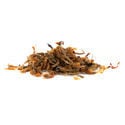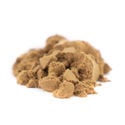Wild Dagga: Everything You Need To Know
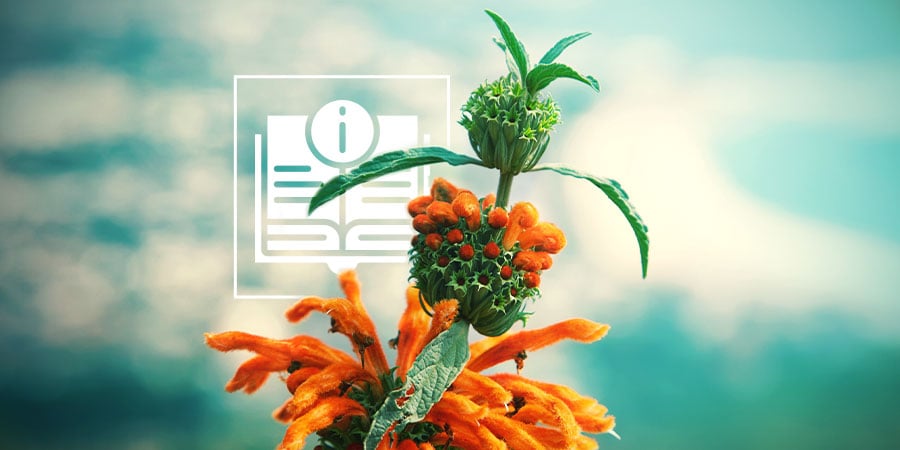
Wild dagga produces a subtle mind-altering effect when used. Thanks to its unique qualities, the herb has an extensive history in South African tribal settings. The plant—also known as "wild cannabis"—produces beautiful florets and can be found growing across the rocky and arid landscape.
Contents:
- What Is Leonotis Leonurus?
- Effects Of Leonotis Leonurus
- Traditional use of Leonotis Leonurus
- Leonotis Leonurus Botany
- Leonotis Leonurus Chemistry
What is Leonotis Leonurus?
Leonotis leonurus, also more commonly known as ‘wild dagga’, is a bright and colourful member of the mint family that has long been utilised for its mildly psychoactive effects. It is native to the southern regions of Africa, where the indigenous tribes are thought to be the first to have used it. It has effects similar to those of cannabis, but significantly milder - hence its name of wild dagga, which means ‘wild cannabis’.
Although mildly psychoactive, Leonotis leonurus is actually legal in most countries, and is often grown as an ornamental plant for its unique looks. The flowers it produces are also extremely resinous and rich in nectar, making it effective at attracting wildlife into a garden.
Due to its nature and legal status, Leonotis Leonurus is often used as a light alternative to cannabis. It is not like for like, but offers users a less intense psychoactive experience.
Common Confusion
Leonotis Leonurus is sometimes confused with four other plants of the same family (Lamiaceae). It has led to false reports on wild dagga’s effectiveness, and even some retailers selling the wrong product under its name. Leonotis leonurus is what you want, and it is sometimes called lion’s tail and wild dagga.
These four other plants contain , the active compound of Leonotis leonurus, but in varying amounts. These four plants are Leonurus sibiricus (Siberian Motherwort), Leonotis nepetifolia (Lion's Ear/Klip Dagga), Leonurus artemisia (Yi-mu-cao/Chinese Motherwort), and Leonurus cardiaca (Common Motherwort). So make sure the stuff you are getting is genuine!
Effects of Leonotis leonurus

The effect of Leonotis Leonurus is that of a mild relaxant. It can create a gentle euphoric buzz, and helps increase feelings of relaxation and comfort. It doesn’t have the potent hit of cannabis, taking a while to build up as you progressively use it.
Traditional use of Leonotis Leonurus

Although it is not quite known how long Leonotis leonurus has been used for, it is the Hottentot tribe of Leonotis leonurus’ native home, southern Africa, that are most famously known for its use in spiritual and recreational pursuits – although other tribes, such as the Zulu and Xhosa, are also known to use it. It is its wide range of applications that has seen it become such an integral herb within these cultures.
Leonotis Leonurus Botany
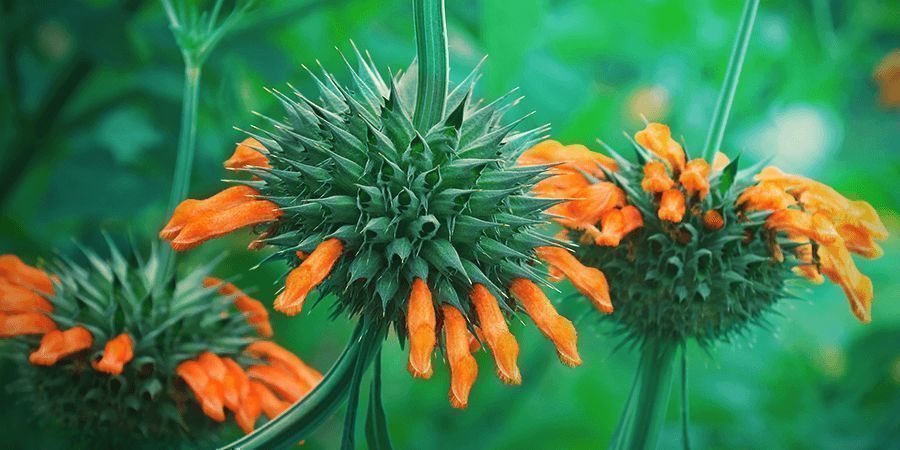
Leonotis Leonurus is a perennial shrub belonging to the mint family of plants. It is native to southern areas of Africa, but is now grown in temperate climates across the world. It grows roughly 2-5 meters in height, and produces stunning red/orange flowers clustered together in a radial, spiky pattern. The leaves produced by Leonotis leonurus are narrow, oblong leaf stalks that protrude directly from the main stem.
As mentioned, Leonotis Leonurus does particularly well in temperate climates, and now inhabits scrublands, grassland and swamplands in Mexico, Western Australia, California, and the Caribbean. Although it likes these warmer regions of the world, it must be protected from direct sunlight, and brought indoors during the winter, or it will likely die.
Leonotis Leonurus Chemistry
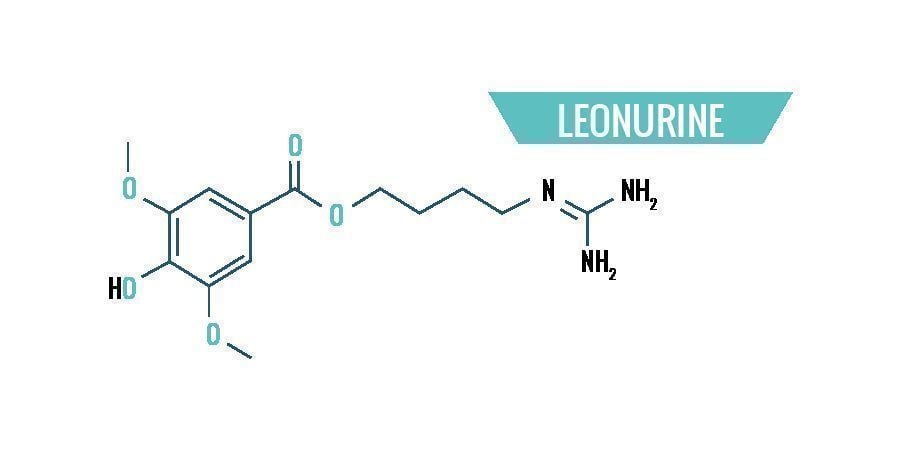
The main active compound found within Leonotis leonurus is known as leonurine. It is a mildly psychoactive alkaloid, also found within a few other members of the same family of plants (but often to a lesser degree).
Research suggests that the chemical compounds of Leonotis leonurus may possess antinociceptive, antiinflammatory, and hypoglycemic properties. Source: Ojewole JA (May 2005). "Antinociceptive, antiinflammatory and antidiabetic effects of Leonotis leonurus (L.) R. BR. [Lamiaceae] leaf aqueous extract in mice and rats“. Methods and Findings in Experimental and Clinical Pharmacology 27 (4): 257–64
Leonotis Leonurus




 Seedshop
Seedshop Headshop
Headshop Vaporshop
Vaporshop Healthshop
Healthshop Smartshop
Smartshop Shroomshop
Shroomshop Plantshop
Plantshop United States
United States

